The fifth edition of the Chicago Architecture Biennial (CAB) will be led by the Floating Museum, a Chicago collective of artists and designers that focuses on large-scale, site-specific installations created in concert with public institutions. The Floating Museum’s members—architect Andrew Schachman and artists avery r. young, Faheem Majeed, and Jeremiah Hulsebos-Spofford—will be the first organized group to serve as the biennial’s artistic directors, and they plan to kick off the production and curation cycle with a design summit in November.
The theme for the 2023 biennial, opening next September, will be “This Is a Rehearsal,” focusing on the constant state of building and unbuilding that cities experience—“a perpetual state of transformation,” as Rachel Kaplan, the CAB’s permanent director, describes it. “A lot of this has to do with how municipal authorities, institutions, constituencies of the city, individual designers, practitioners, and activists collaborate to produce the city,” says Schachman. “The entire region is 10 million people collaborating to produce the city every day.”
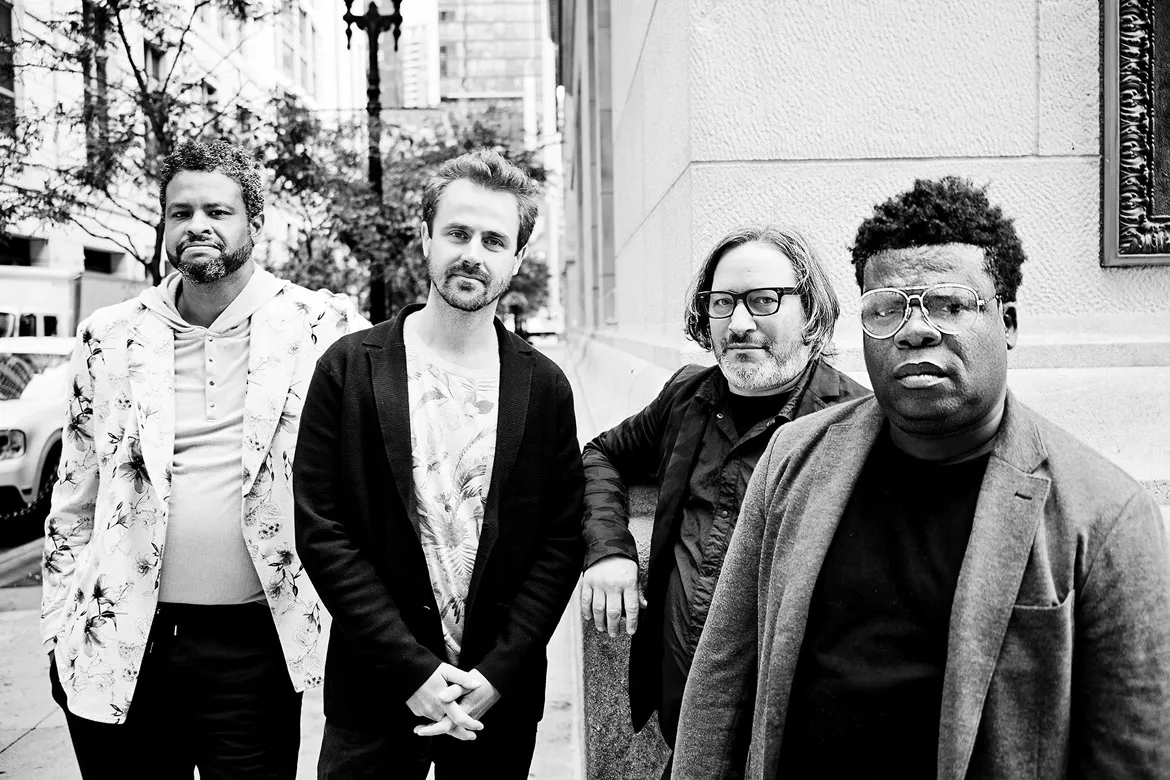
The Floating Museum. Photo by Steve Metzer_WEB
Last year’s biennial, led by artistic director David Brown and titled “The Available City,” examined how designers could partner with local non-profits and community organizations to address the vast number of vacant lots located in Chicago’s intensely poor and disinvested South and West Sides. Focused on land and property (as well as architecture’s own role in reinforcing such inequity), that frame pointed to an explicit set of political and economic critiques of how architecture operates. It made the 2021 biennial the CAB’S strongest effort to date by democratizing both the context and program of architectural thought and intervention, and aiming it squarely at the structural deficiencies of the built environment.
In its past work, the Floating Museum has partnered with municipal agencies like the Chicago Transit Authority and the Chicago Park District, and its members say they hope to continue these relationships with the 2023 biennial. Such an emphasis on institutional connections suggests forms of political engagement different from those that were the focus in 2021, which capitalized on the open-ended flexibility of vacant lots to suggest new directions for community building. By partnering with municipal agencies, the Floating Museum will both be bound and empowered by the clout, reach, and guardrails of Chicago’s administrative apparatus. One important task for the curators will be to resist allowing the kind of insurgent energy seen in the 2021 edition to be diluted if they are not able to cast a critical eye toward these large institutions.
“Our ambitions are to try to encourage some municipal partners to think of the biennial as a platform for doing things that they can’t do inside of their daily routine,” says Schachman.
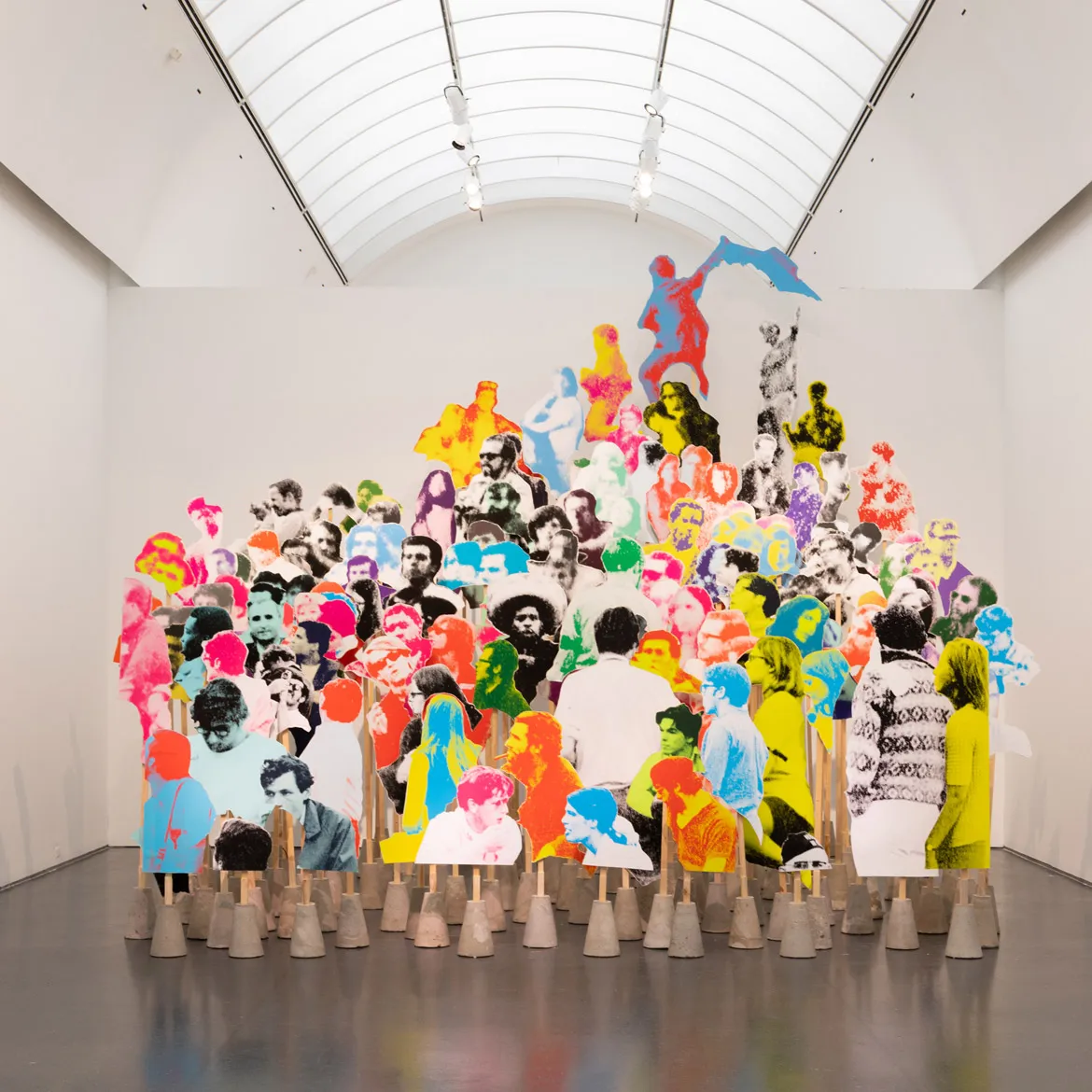
A call for all Chicagoans to take an active role in participating in the city's history, Monument Reassembly uses the anti-war protests that convulsed the city in 1968 as a reference point to compare to today's social fissures and discontent. Photo by Nathan Keay
And while the Floating Museum plans to bring much of the biennial programming out into Chicago neighborhoods, as Brown did in 2021, the event will also have a presence in the downtown Chicago Cultural Center, where the CAB opened a permanent exhibition space earlier this year. “What we learned is that there needs to be a centralized location and information center, and a telling of how all these projects connect,” says Kaplan. The Floating Museum’s Majeed says the collective will treat the Cultural Center as just one “part of the broader city.”
At the Chicago Design Summit in November, the Floating Museum plans to convene “global practitioners from diverse fields,” in person, to help research and develop the biennial program, according to a press release. “We’re going to use the forum as a tool to shape our agenda,” says the Floating Museum’s Hulsebos-Spofford, though it’s not yet clear precisely what role these global practitioners will play in the biennial itself. And just as the Floating Museum relies on repeated iterations and extensive feedback in its creative work, Schachman says he hopes the summit and the biennial will create a kind of “feedback loop,” promoting new dialogues and enabling productive forms of criticism.
“The city is always rehearsing itself, it’s always churning, it’s always changing,” says Hulsebos-Spofford. “We’re curious if we can help shape that dialogue.”

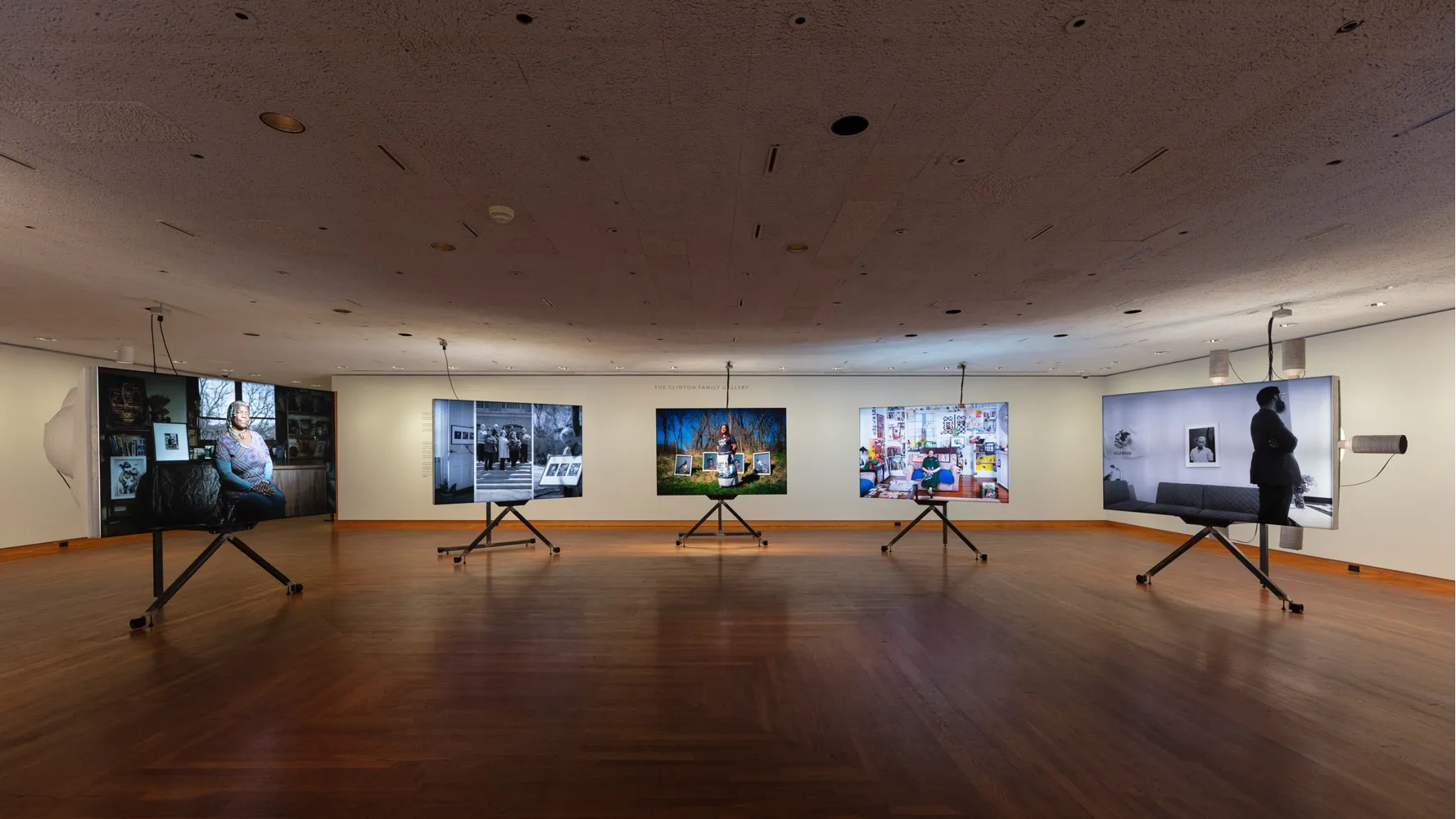
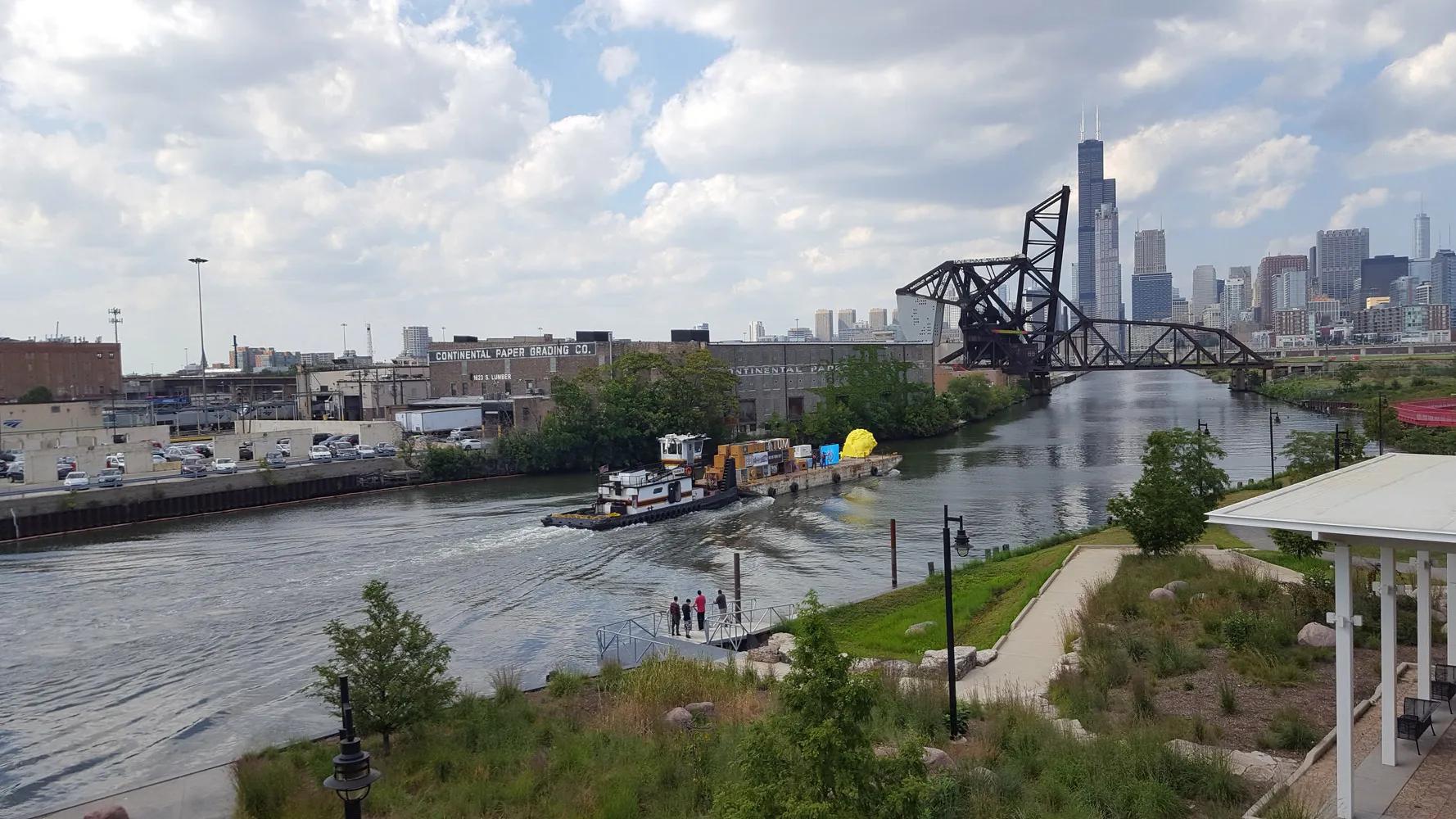

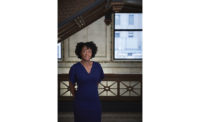
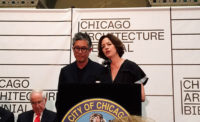
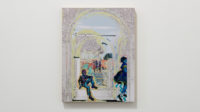
Post a comment to this article
Report Abusive Comment